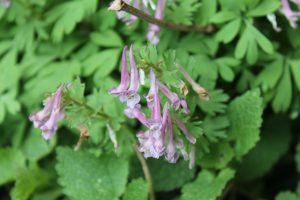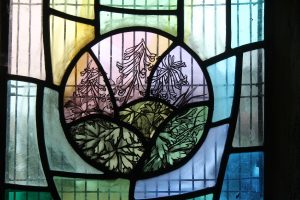In June 2001 St Giles’, Horspath was presented with an award from the Living Churchyard and Cemetery Project, a national project but sponsored by The Diocese of Oxford and BBOWT Wildlife Trust.
The award states ” This churchyard has been recognised as an important haven for a variety of wildlife including wildflowers, butterflies, birds and lichens. The churchyard is being managed sympathetically for these plants and animals, while respecting that it is also a special place of remembrance”.
Prior to this, a group of volunteers with the support of the PCC had been developing the churchyard so that wildlife could benefit from a piece of land untouched by any inorganic materials for hundreds of years.
Various surveys of the wildlife have been completed and a schedule of work and mowing has been created so that there are now distinct areas to be seen. There are spring flowering areas, wooded areas, a wood pile a compost heap and long grass areas cut only once or twice during the year. In the spring area what we call our famous flower the “Bulbous Corydalis” has been growing for many years. This is not a native to this country and must have been introduced to the churchyard at some point in the past. It is not to be found anywhere else in this area. It has been commemorated in one of the stained glass windows in St Giles’.
In the front of the church a summer meadow area has at last really begun to take shape with the help of the sowing of Yellow Rattle seeds. This is an attractive delicate yellow flower, a semi-parasitic annual which helps to weaken the stronger grasses and so enable more wildflowers to grow.

